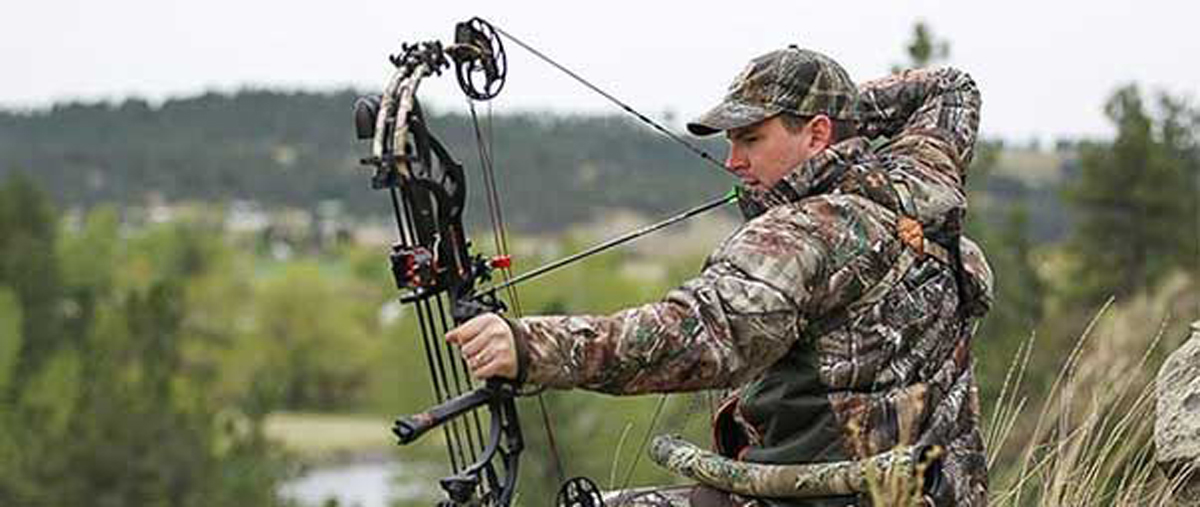Below is a news release from the Beaverhead-Deer Lodge National Forest in southwest Montana.
Archery hunters are, by design, good at sneaking up on bears unobserved. They also provide bears with an attractive food source in the form of gut piles and carcasses. Follow a few precautions to minimize bear interactions to increase safety while hunting this season.
- Be aware of your surroundings at all times. Watch for bear sign in the form of scat, tracks, or scratch trees. Be on alert in areas of low visibility and by streams which mask noises.
- Bear spray works! Bear spray produces a large cloud that targets a bear’s nose and eyes – its most sensitive areas. “In a study of bear spray incidents in Alaska, spray effectively deterred undesirable behavior more than 90% of the time. In 72 incidents involving 175 people, only three people were harmed, none seriously.”
- Calling for elk and deer/elk scents are attractive to bears. Bears have approached hunters while calling, and in some areas have become attracted to gunshots after learning to associate the noise with a carcass or gut pile. Consider leaving scents at home when traveling in grizzly country. You can expect to find grizzly bears in Southwest Montana, even in areas outside their current known range.
- Keep a clean camp. Bears are very smart, have a great memory and if they receive a food reward in one camp, they may become aggressive as they continue to raid camps. Make sure all attractants are placed in a hard-sided vehicle, locked in a bear-resistant container, or hung 10 feet up and four feet out from any supporting branches. Anything that has a smell or has once had a smell needs to be put away. This includes food, garbage, toothpaste, deodorant, blood-covered clothing, and any stock feed (except hay without additives).
- Regular coolers are not bear-resistant and must be appropriately stored, even when empty. Check with a local ranger station about obtaining bear-resistant containers through the loaner program, free of charge.
- If you are fortunate enough to harvest an animal this year, gut it immediately and move the gut pile at least 200 yards away from any trail. This may help keep the bear away from you and your carcass and may also prevent other hunters from stumbling on a bear. Remove your kill as soon as possible. If you need to leave a carcass on the forest, hang it (10’ up, 4’ out) 100 yards or farther from a sleeping area or trail. If you must leave it on the ground make sure it is at least a half mile from any sleeping area and 200 yards from a trail. Leave your kill in a place where you can view it from 200 yards away as you return.
- Pack tarps for moving gut piles, ropes and a pulley for hanging game.
